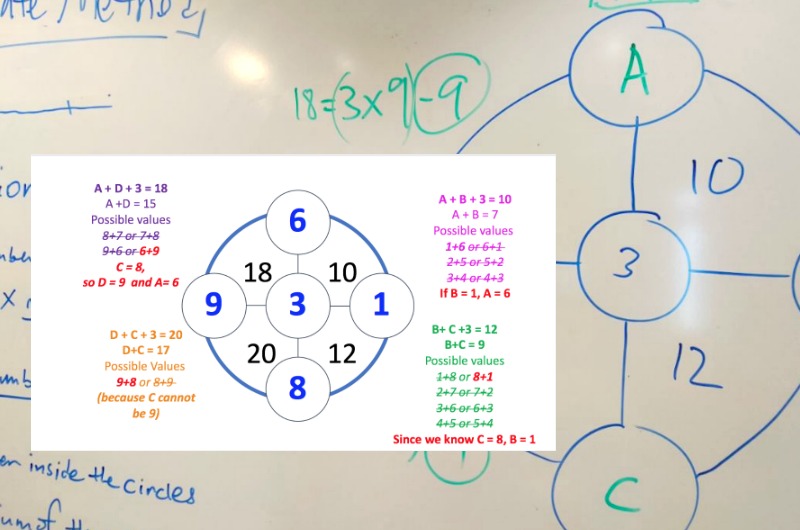You might have heard of this difficult bonus question that apparently appeared in some Primary 1 student's mathematics exam paper.
While it is still not 100 percent confirmed a local primary school featured this seemingly unsolvable question for seven-year-olds, the Internet has been busy demanding the answer to the question, which is proving to be a tough nut to crack.
Here are some possible answers to the question -- do note that these are non-official, suggested solutions only though.
Solution 1: Breaking Them Up and Adding Them Together
Reader Ellen Chua sent the following photo to Mothership.sg.
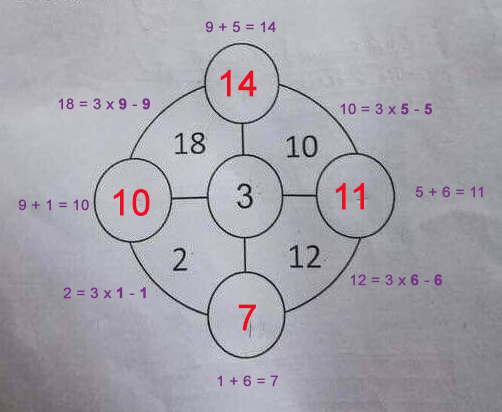 Photo adapted via Ellen Chua
Photo adapted via Ellen Chua
As there was no additional explanation for these workings, here are the two assumed conditions derived from what is seen:
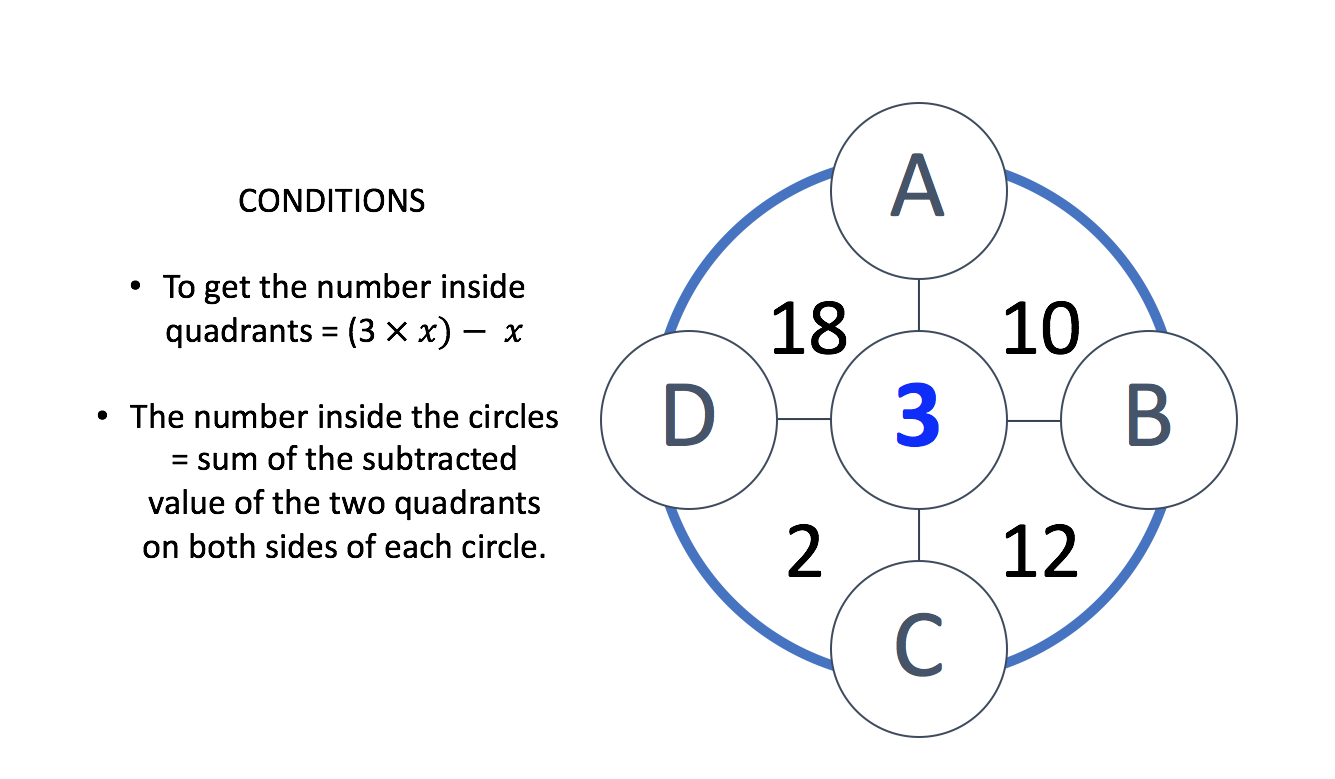
With those in place, let's proceed to break down the numbers into their resultant parts:
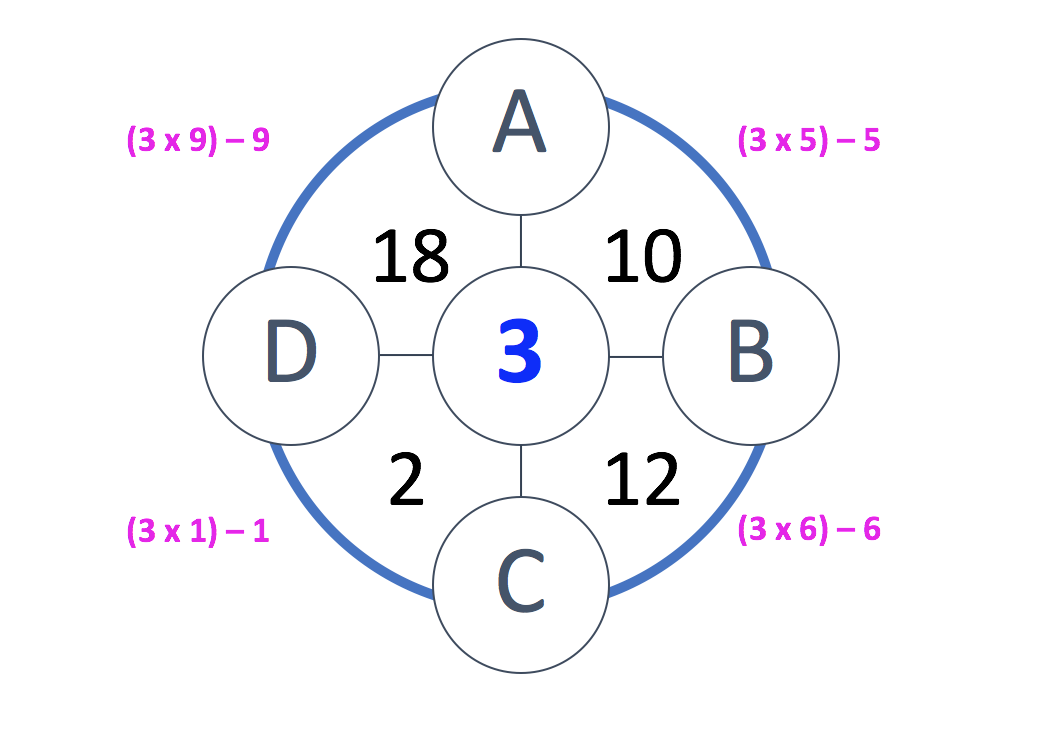
Add the numbers according to condition 2, and you get the numbers in the circles.
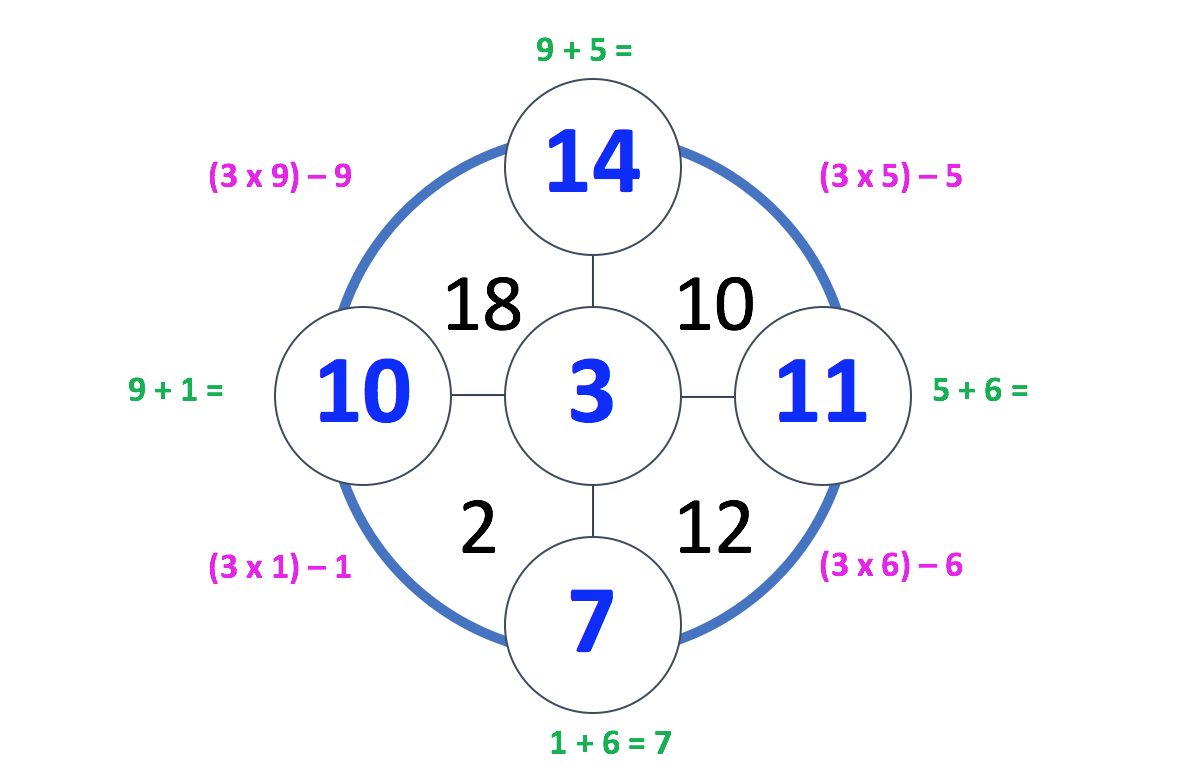
Logically, it makes sense but the use of multiplication tables sounds challenging for Primary 1 kids. Perhaps the one below is more plausible?
Solution 2: Simple Does It
This was sent in by another reader who goes by the initials GC.
The assumed condition would be that each line of circles, horizontally and vertically, should add up to 21.
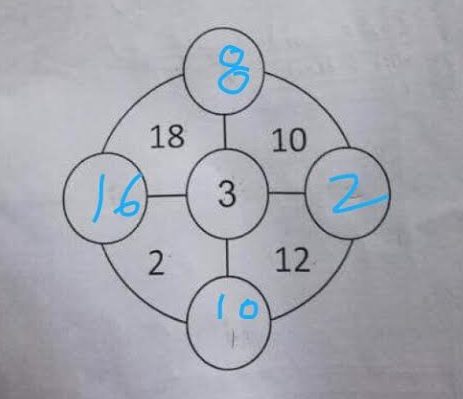 Photo from GC's email
Photo from GC's email
To arrive at this, put the difference of the values in any two adjacent quadrants in the circles.
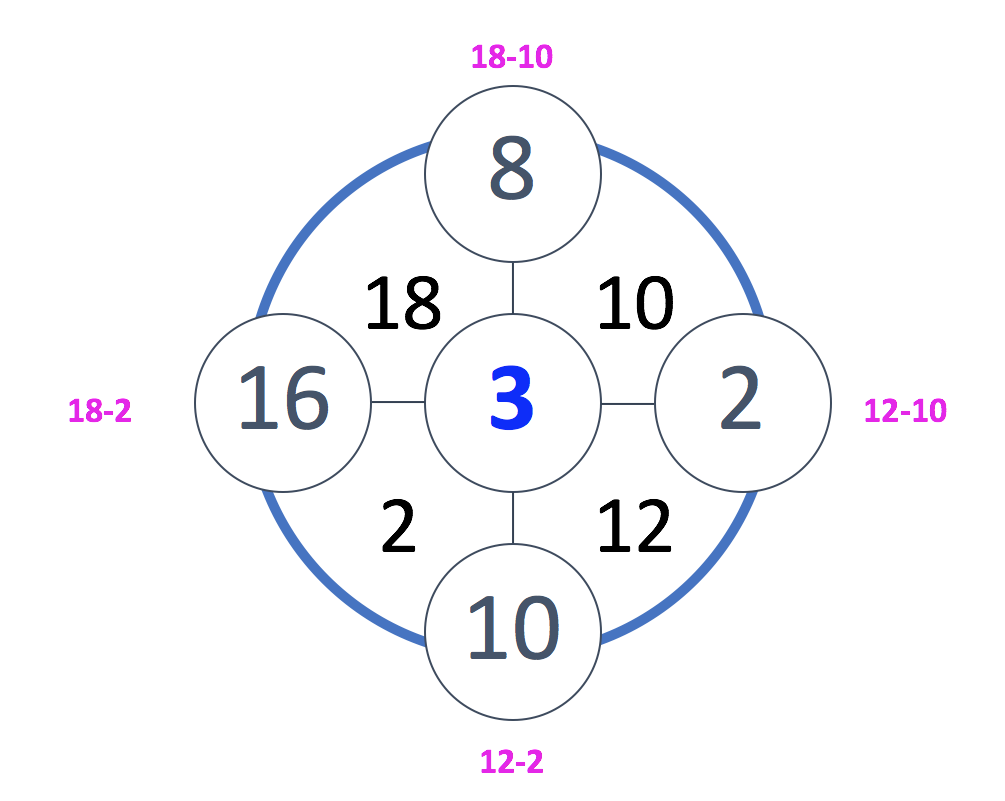
This is probably the most straightforward answer out of all of them, and likely to be the most suitable one for their level.
Solution 3 - Gordon Borgin's Petite Circle Sum
It's great if you're satisfied with the previous solutions, but wait, there's more.
It is highly likely that the puzzle follows the Petite Circle Sum puzzle by Gordon Borgin, except the fact that 1) the conditions are different from solution 1 above, and 2) instead of 2, a number 20 was used.
The original question actually had three conditions or rules when it comes to filling the blanks.
1) You can only use numbers from 1-9
2) Each quadrant is the sum of the three circles at each corner (see diagram below)
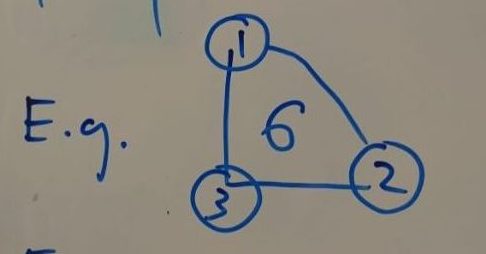
3)You can only use each number once for each circle.
Okay, still with us?
With that in mind, you'll be able to form a few sums, as seen below. Dont forget to label the blanks with letters.
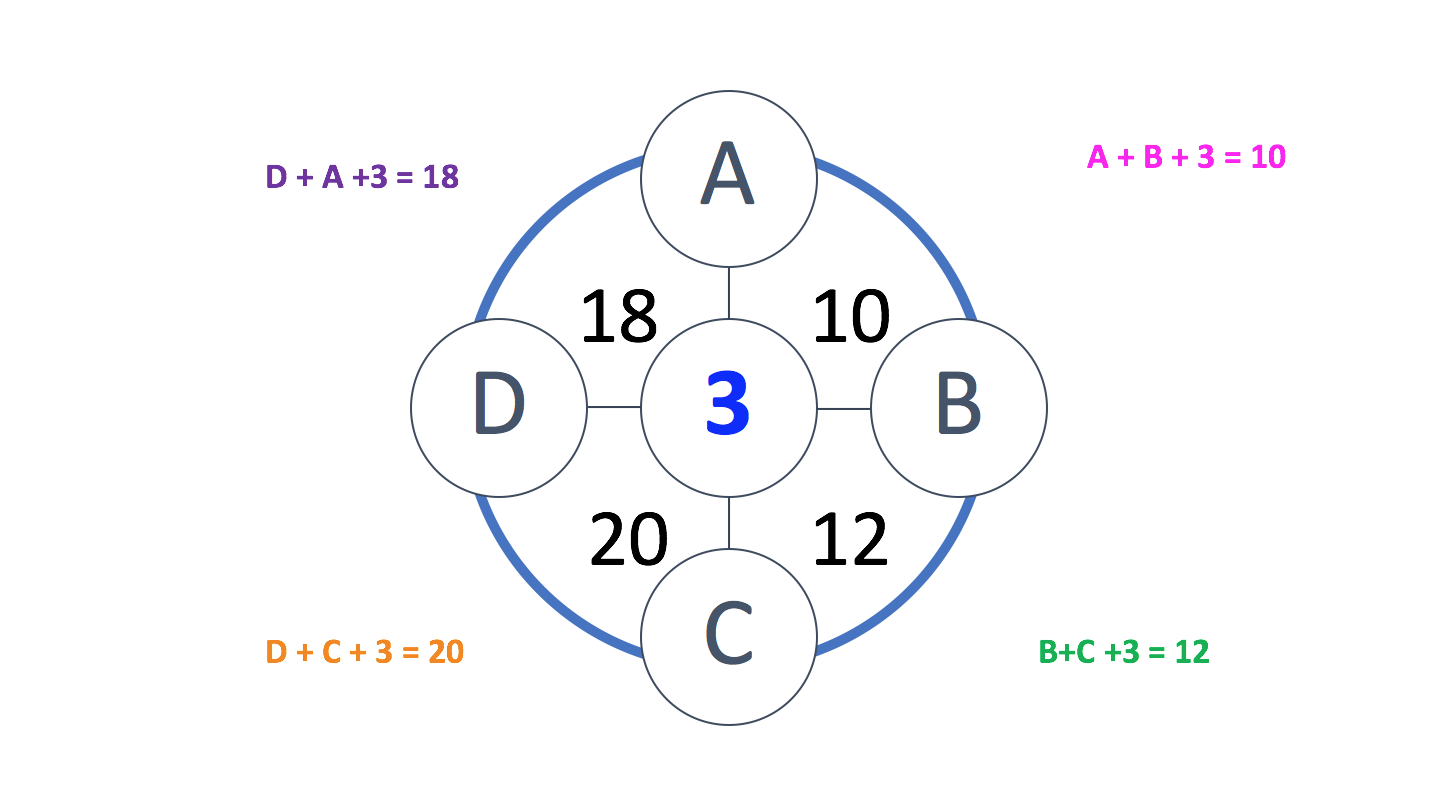
With these sums, you can derive the possible values of the four letters.
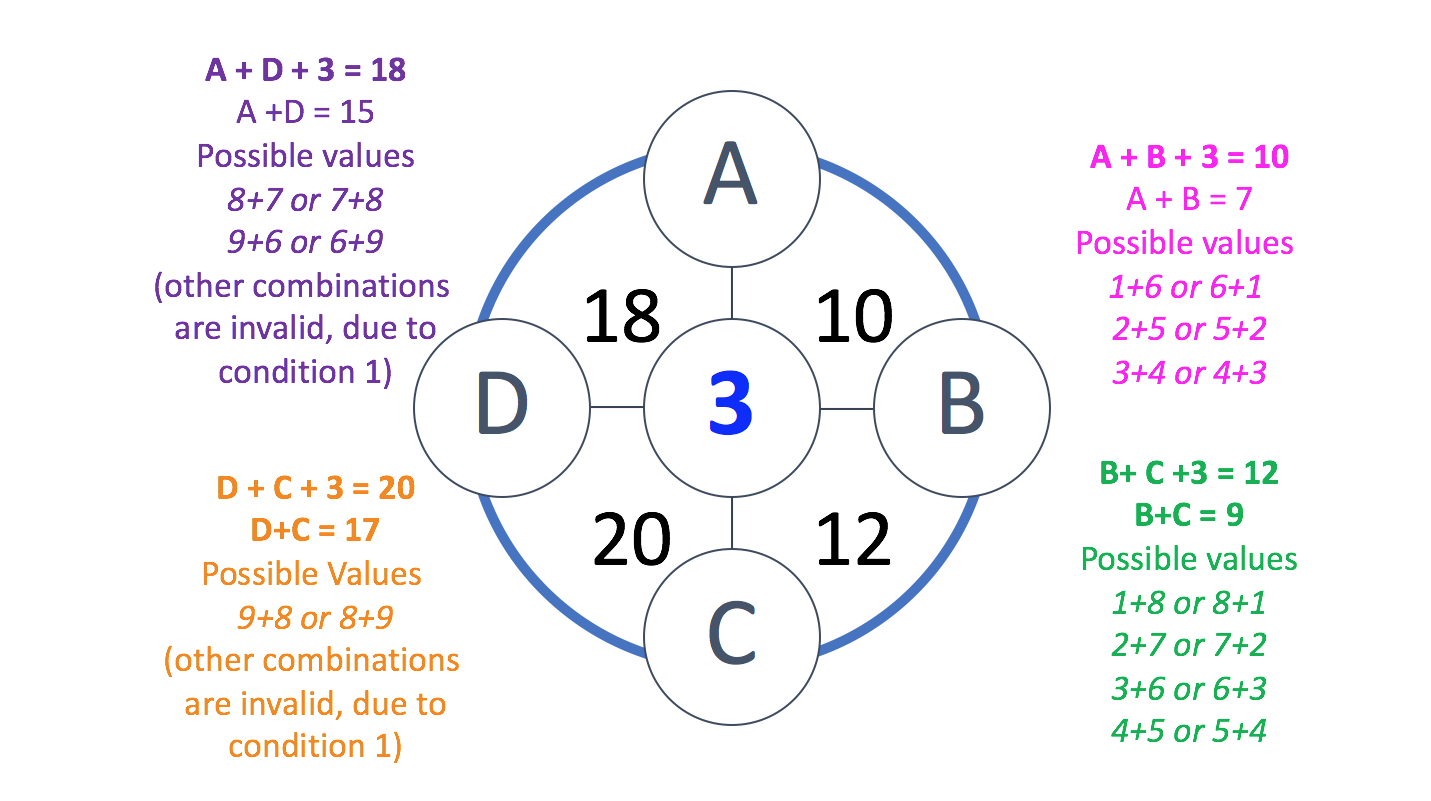
Alright, now you have to play the game of elimination. It's not as hard as it looks, we promise.
Start from the lower adjacent quadrants. Since D and C have only one possible combination, B + C will quickly tell you that C cannot be 9, since B + C = 9.
So, C = 8, D = 9.

Now we know C = 8, this eliminates the rest of the possible values of B + C, save for 8 and 1, where B = 1 and C obviously = 8.

We've nearly got all circles figured out at this point. Awesome. 
A is a little bit of a no-brainer from here, and there are the two possible ways to arrive at A's value.
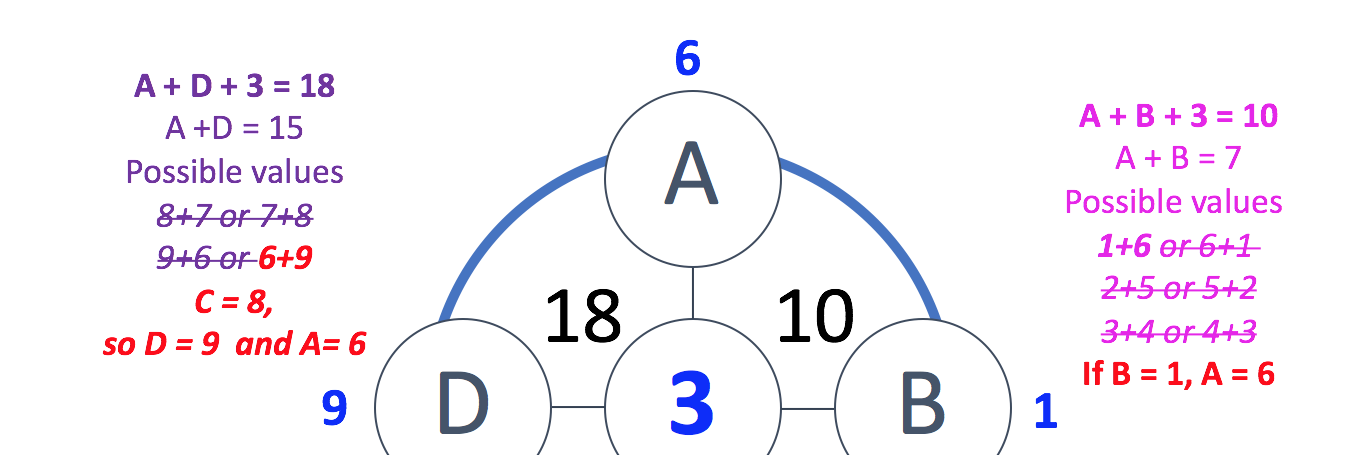
There you go, champ.
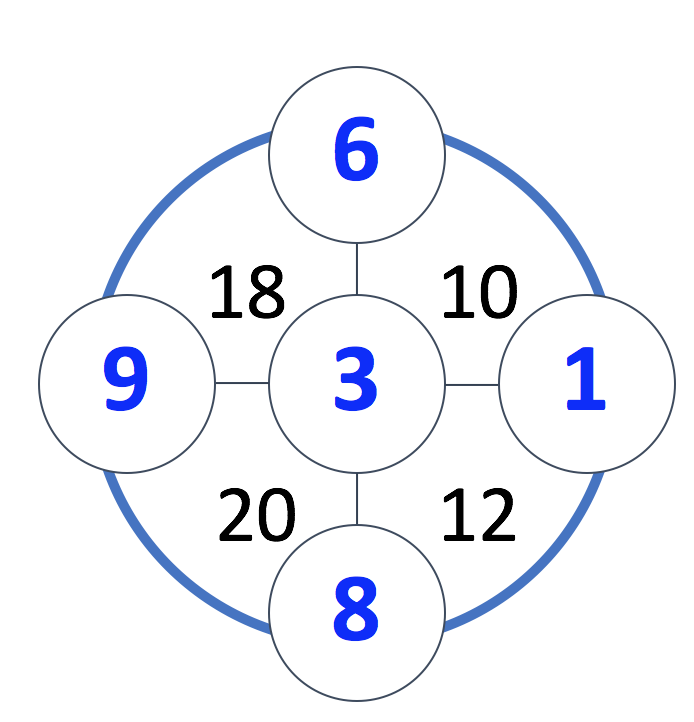
Since this question's layout is almost identical to Borgin's puzzle, it's a valid question to ask if, for some reason, a 0 was left out by accident.
Until we get more information on the paper's background, however, the mystery of the official answer will remain unsolved.
If you like what you read, follow us on Facebook and Twitter to get the latest updates.
If you like what you read, follow us on Facebook, Instagram, Twitter and Telegram to get the latest updates.
